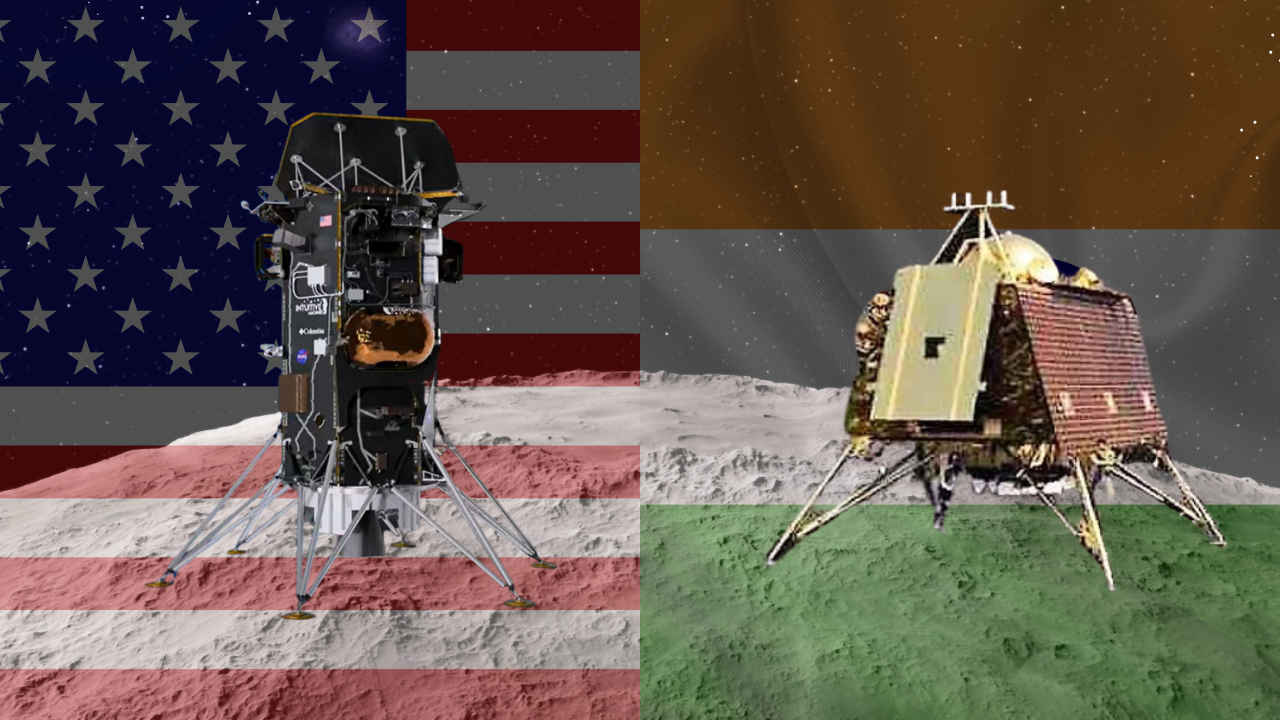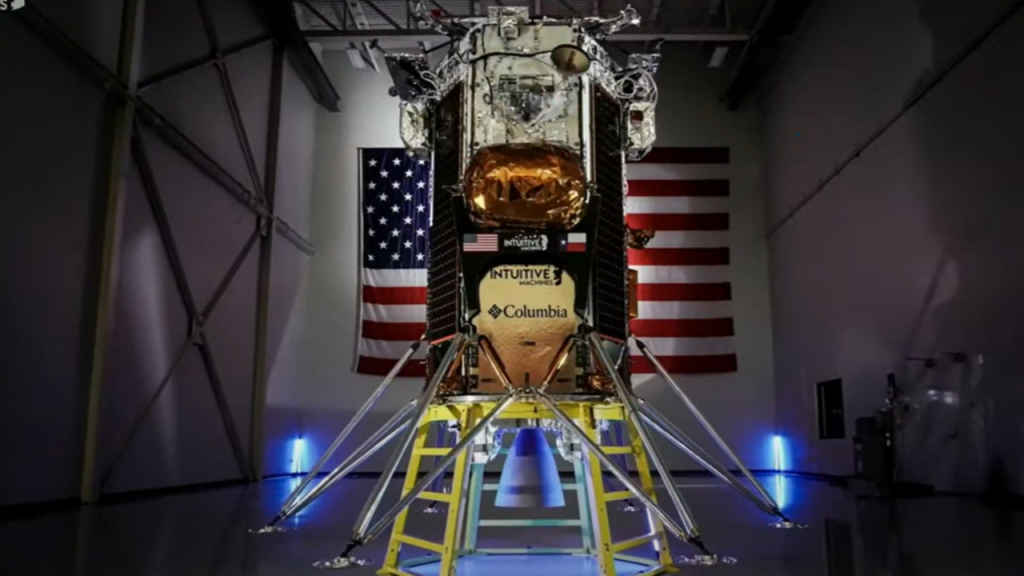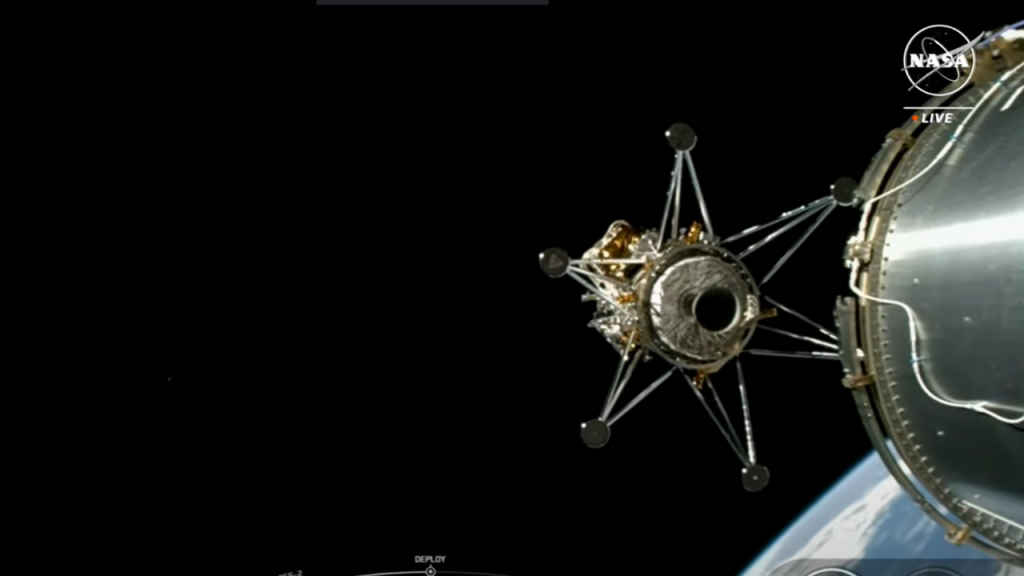After Chandrayaan-3, Odysseus lands on dark side of Moon: Here’s why

America’s first spacecraft has landed on the moon in over 50 years.
The lunar lander is called Odysseus, after the Greek god.
However, the space facility is receiving a very faint signal from the spacecraft.
Chandrayaan-3 made history when it landed on the south pole of the moon, a feat that many have been unsuccessful in achieving. Various public and private entities have been trying hard ever since to step foot on the lunar south. Why you may ask? Simply because up until now spacecrafts have only been able to land on the north pole or equatorial regions of the Moon and the south pole is still vastly unexplored. But after Chandrayaan-3’s historic soft landing, Odysseus has become the first American spacecraft to land on the moon in over 50 years.
This feat was achieved by a Houston-based company — its lunar lander is called Odysseus, after the Greek god. It was launched from the Kennedy Space Centre in Florida. The lander was developed by Intuitive Machines. It was launched six days back and after entering a low lunar orbit, it finally touched down, close to India’s Chandrayaan-3.
Also read: Chandrayaan-3 successfully lands on moon: 3 difficulties it overcame to create history
Odysseus and its features

It is a hexagon-shaped vessel and is a part of a new fleet of NASA-funded unmanned commercial robots. The spacecraft touched down near the lunar south pole at 2323 GMT. It decelerated at a speed of 6,500 kilometres per hour.
Also read: Chandrayaan-3 Lunar Mission: ISRO releases images of the Lunar far side captured by LHDAC
What complications is it facing?

However, it’s not all good news for this lunar mission. The space facility is receiving a very faint signal from the spacecraft. Hence, it is still uncertain if Odysseus is functional or not. The company has not shared details about the precise whereabouts and its conditions either.
The company behind the mission says that they are attempting to revive signals with Odysseus and are trying to enhance the signals that it is sending across. Mission director Tim Crain said, “We can confirm unequivocally that our equipment is on the lunar surface,” as quoted by AP.
Let’s now see how this experience turns out for Odysseus as we wait for more details.
Mustafa Khan
Mustafa is new on the block and is a tech geek who is currently working with Digit as a News Writer. He tests the new gadgets that come on board and writes for the news desk. He has found his way with words and you can count on him when in need of tech advice. No judgement. He is based out of Delhi, he’s your person for good photos, good food recommendations, and to know about anything GenZ. View Full Profile




